В фармацевтическом производстве качество таблеток имеет первостепенное значение для обеспечения безопасности пациентов и эффективности лечения. Распространенные проблемы, возникающие при производстве таблеток: производство таблеток Такие проблемы, как неравномерный вес, недостаточная твёрдость и прилипание к поверхности, не только снижают качество продукции, но и увеличивают производственные затраты и приводят к образованию отходов. Поэтому крайне важно быстро выявлять и устранять эти проблемы. В этой статье подробно рассматриваются типичные проблемы, возникающие при производстве таблеток, и способы их устранения, а также даются рекомендации, которые помогут вам оптимизировать производственный процесс и повысить качество продукции.
Неравномерный вес таблеток может привести к ошибкам дозировки, что недопустимо в фармацевтической промышленности, поскольку содержание активных ингредиентов в каждой таблетке должно быть одинаковым. Таблетки с неравномерным весом могут снизить эффективность препарата и даже представлять угрозу безопасности. К распространённым причинам неравномерного веса относятся недостаточное смешивание исходных материалов, нестабильное усилие прессования, неравномерная подача материалов, чрезмерная скорость вращения барабана и износ пресс-формы.

2. Хрупкость и расслоение
В процессе производства и транспортировки таблетки склонны к разрушению или расслоению, что не только ухудшает их внешний вид, но и может сделать их неэффективными или непригодными для продажи. Хрупкость часто возникает из-за недостаточного давления при прессовании или недостаточного содержания клея в составе. С другой стороны, расслоение может происходить из-за чрезмерного прессования, что приводит к ослаблению межслоевых связей в таблетке.
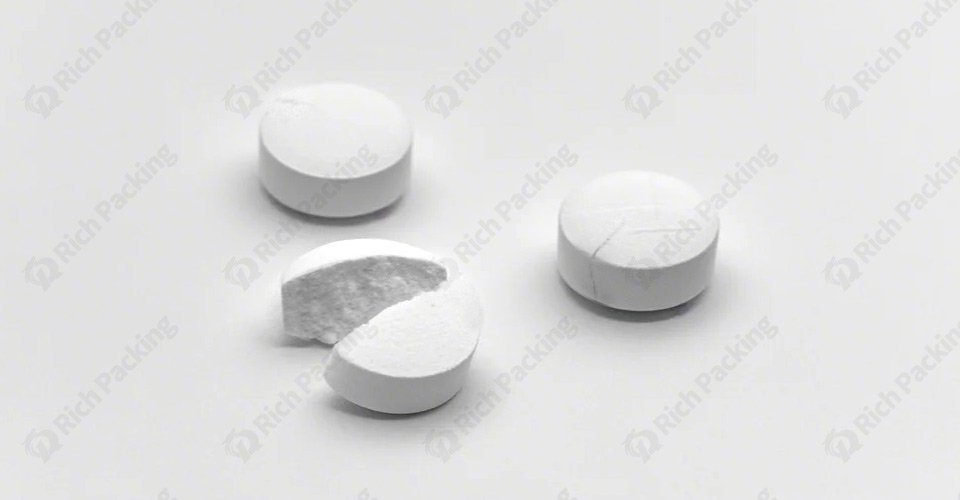
Прилипание — это прилипание таблеток к пуансону, приводящее к образованию неровностей или вмятин на поверхности, а также к трещинам и неровностям. Эти проблемы обычно возникают из-за чрезмерно высокого содержания влаги в сырье, некачественной конструкции пресс-форм или ненадлежащего обслуживания оборудования.
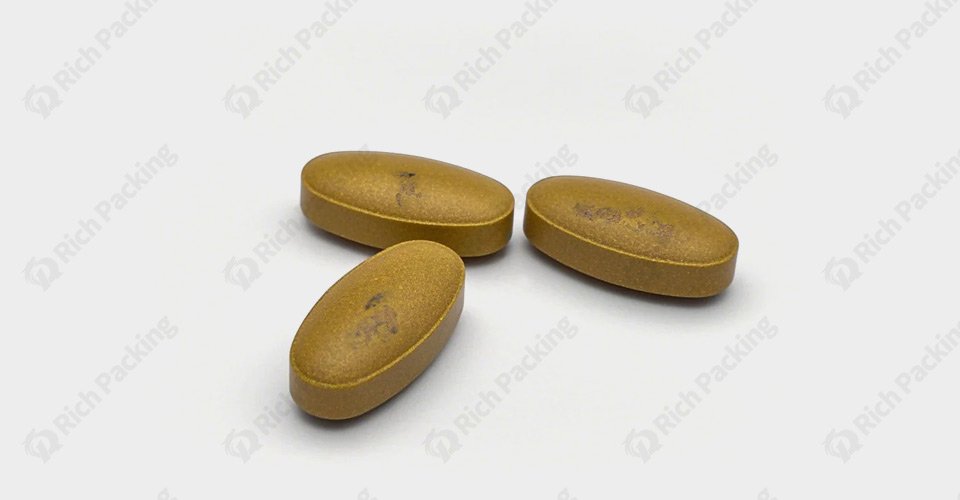
Твёрдость таблеток напрямую влияет на их распадаемость и скорость высвобождения в организме. Если твёрдость слишком высокая, таблетки могут не распадаться в течение предполагаемого времени, что снижает их эффективность. И наоборот, если твёрдость слишком низкая, таблетки с большей вероятностью разломаются во время производства или упаковки. Проблемы с твёрдостью часто связаны с неправильными настройками силы сжатия или несбалансированной формулой.
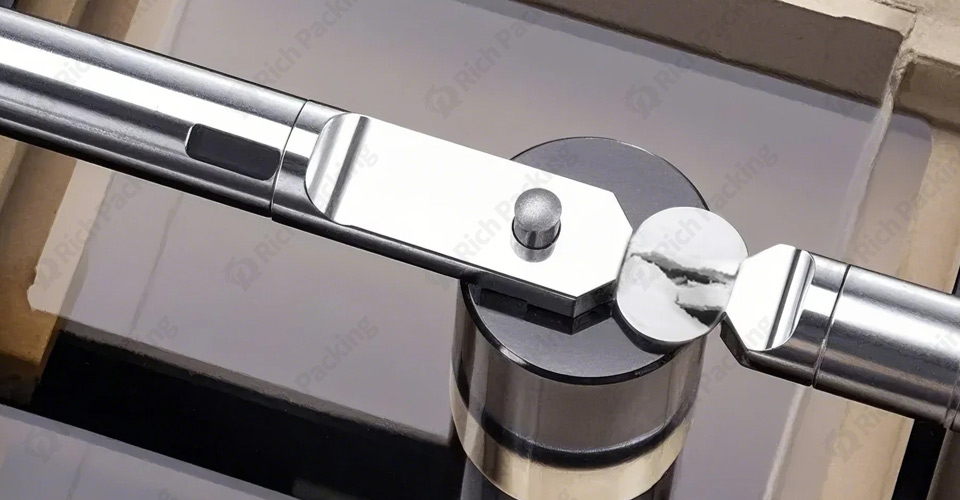
Скорость растворения и время распада таблеток являются важнейшими показателями их эффективности. Слишком быстрое растворение таблетки может привести к быстрому всасыванию препарата в организм, увеличивая риск побочных эффектов. И наоборот, слишком медленное растворение может привести к несвоевременному высвобождению препарата, что скажется на его терапевтической эффективности. Различия в соотношении компонентов в составе, процессе прессования таблеток и настройках оборудования могут способствовать отклонениям во времени растворения и распада.

Корневые причины проблем
Качество сырья является основным фактором, влияющим на прессование и формирование таблеток. Некачественное сырье или плохо перемешанные порошки могут привести к неравномерному распределению компонентов в таблетках, что влияет на их вес, твёрдость и время распадаемости. Чтобы избежать этого, необходимо обеспечить соответствие сырья установленным стандартам и тщательное перемешивание в процессе приготовления. Как правило, в зависимости от свойств сырья, для обработки материалов используется либо сухой, либо мокрый гранулятор, что повышает прессуемость и пластичность таблеток.
На внешний вид и качество таблеток влияют такие факторы, как давление, скорость прессования, скорость подачи и конструкция пресс-формы. Недостаточное усилие прессования может привести к хрупкости таблеток, а избыточное давление — к их чрезмерному затвердеванию или расслоению. Кроме того, слишком высокая или слишком низкая скорость прессования также может повлиять на качество таблеток.
Правильное обслуживание и регулярная калибровка оборудования, такого как таблеточный пресс и другие фармацевтические таблеточные прессы имеют решающее значение. Оборудование, которое долгое время не обслуживалось, подвержено износу и отклонениям в калибровке, что приводит к различным проблемам в производстве таблеток. В частности, формы и пуансоны таблеточного пресса могут изнашиваться при длительном использовании, что приводит к снижению качества прессования.
Температура и влажность в производственной среде существенно влияют на качество таблеток. Высокая влажность может привести к впитыванию влаги исходными материалами, что увеличивает вероятность слипания и проблем с поверхностью; экстремальные температуры также могут повлиять на формование и стабильность таблеток. Поэтому поддержание подходящих условий производства имеет решающее значение для обеспечения качества таблеток.
Чтобы решить проблемы в производстве таблеток, необходимо начать с разработки рецептуры. Правильное использование связующих и смазывающих веществ, а также обеспечение равномерного смешивания сырья, крайне важны для предотвращения проблем, связанных с неравномерностью веса и дефектами поверхности. Кроме того, рецептуры можно адаптировать к конкретным требованиям к продукту, что позволяет регулировать твёрдость и время распадаемости для достижения желаемых результатов.
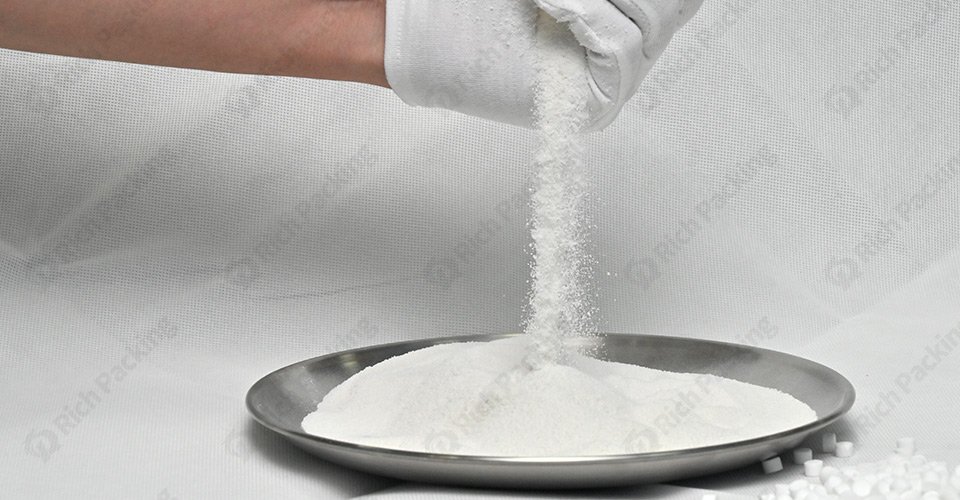
Рациональная регулировка силы прессования и скорости таблеточного пресса может эффективно снизить риск возникновения проблем. Регулярно контролируйте параметры прессования, чтобы обеспечить равномерное давление на каждую таблетку. Кроме того, выбирайте соответствующие формы с учетом конкретных требований к продукту, чтобы внешний вид и твердость таблеток соответствовали стандартам.
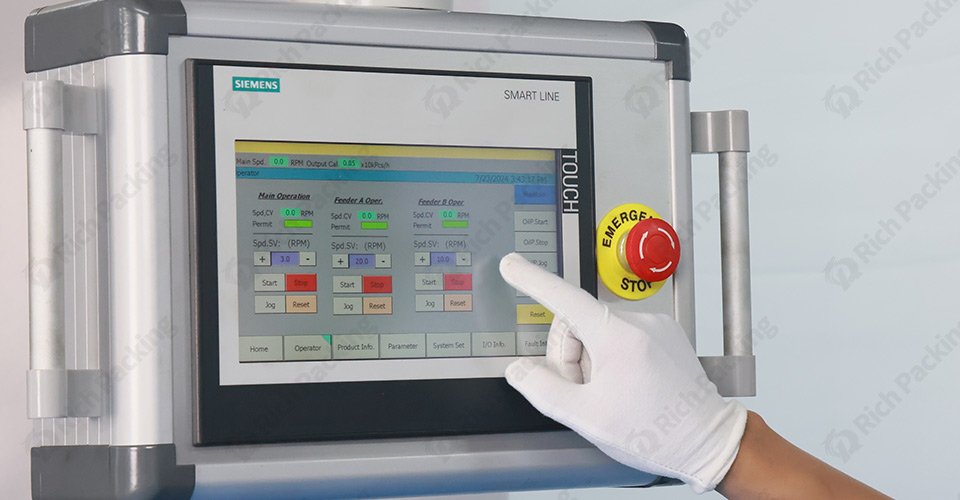
Регулярные проверки и техническое обслуживание оборудования, особенно пресс-форм и пуансонов таблеточного пресса, могут эффективно предотвращать производственные проблемы, вызванные его поломками. Техническое обслуживание должно включать не только регулярную очистку, но и калибровку для обеспечения точности и стабильности работы оборудования.
Температура и влажность в помещении, где производятся таблетки, напрямую влияют на качество продукции. Поэтому установка систем контроля температуры и влажности в производственной зоне может способствовать поддержанию стабильности условий, эффективно снижая количество проблем, связанных с таблетками. Кроме того, необходимо контролировать изменения условий окружающей среды во время хранения и транспортировки, чтобы предотвратить проблемы с качеством, вызванные внешними факторами.
Регулярный контроль качества в процессе производства таблеток — ключевая мера предотвращения проблем. Использование современных технологий тестирования позволяет контролировать вес, твёрдость и качество поверхности таблеток в режиме реального времени, что позволяет своевременно выявлять и устранять проблемы.
Уровень квалификации операторов напрямую влияет на работу оборудования и качество производства таблеток. Поэтому необходимо регулярное обучение операторов, чтобы они овладели рабочими приемами и навыками устранения неполадок, необходимыми для оперативного выявления и устранения проблем в процессе производства.
Для решения вышеупомянутых проблем при производстве планшетов Высокоскоростной таблеточный пресс РД-ХГЗП-40 Рекомендуется. Данное оборудование предназначено для крупносерийного производства, отличается эффективным и точным формованием таблеток, производительностью до 260 000 таблеток в час, сохраняя при этом постоянство веса и твёрдости при высокоскоростной работе. Усовершенствованная конструкция пресс-формы и точная система контроля давления позволяют эффективно решать такие проблемы, как неравномерность веса, хрупкость и слипание. Кроме того, оборудование просто в обслуживании и оснащено интеллектуальной системой мониторинга, которая отслеживает различные параметры в режиме реального времени, гарантируя качество каждой таблетки. Кроме того, оно оснащено системой контроля давления пресс-формы и автоматической системой отбраковки, что снижает количество ошибок, связанных с ручным управлением, и повышает эффективность производства.
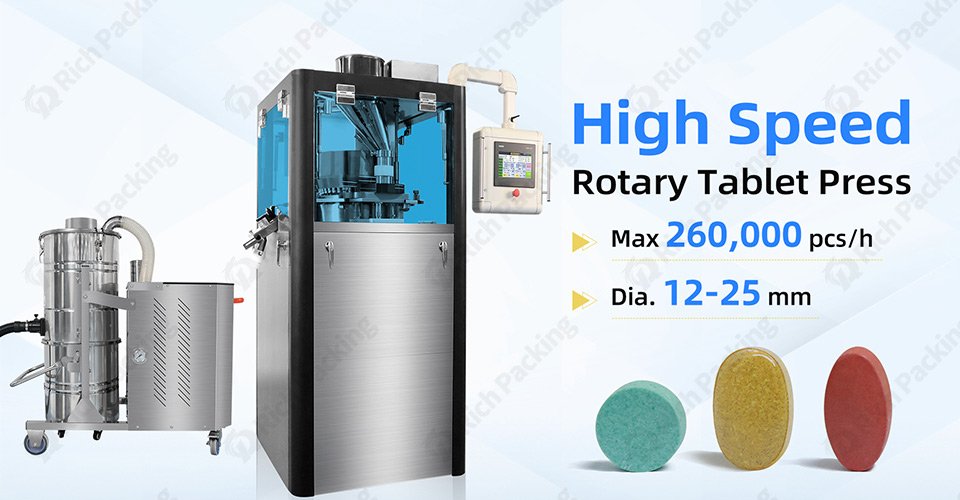
Используя этот высокоскоростной таблеточный пресс, вы сможете эффективно повысить эффективность производства, гарантируя при этом качество и однородность таблеток, отвечая строгим требованиям мирового рынка высококачественных фармацевтических препаратов.
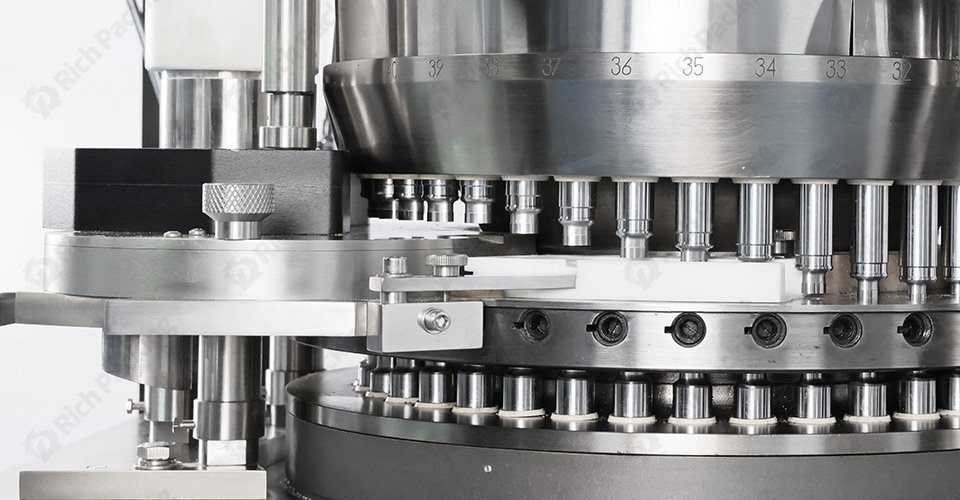
Хотя распространённые проблемы в производстве таблеток сложны и разнообразны, их возникновение можно эффективно снизить, оптимизируя рецептуры, корректируя параметры производства, улучшая обслуживание оборудования и контролируя производственную среду. В то же время, выбирая передовые решения фармацевтический таблеточный пресс Такое оборудование, как высокоскоростной таблеточный пресс RD-HGZP-40, способно значительно повысить качество и эффективность производства таблеток, гарантируя конкурентоспособность вашей продукции на рынке.